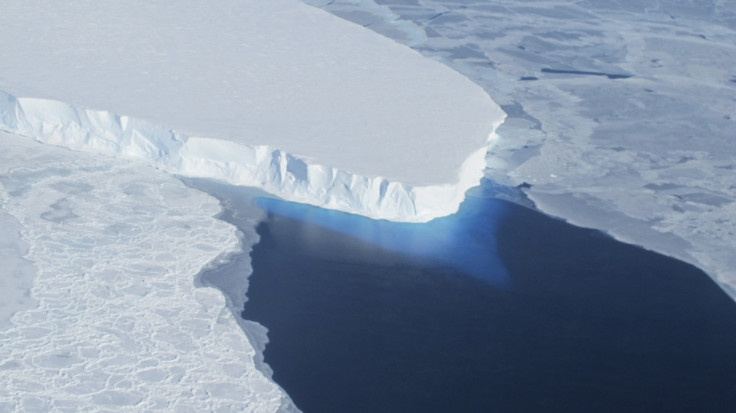Geoengineering: Pumping water onto Antarctica will not stop sea levels rising
Scientists calculated they would have to pump 700km inland for the water to be stored for 1,000 years to limit sea level rise.

Unprecedented geoengineering methods will not be enough to solve the problem of rising sea levels, scientists have warned.
A team from the Potsdam Institute for Climate Impact Research has assessed the idea of pumping sea water onto the Antarctic continent to see if it would be technically feasible, and if it could be of any help to tackle one of the immense challenges associated with global warming.
"We explored a way to at least delay the rise of sea level we can no longer avoid by even the strictest climate-change mitigation strategies. This is estimated to reach about 40 cm by the end of the century," said lead author Katja Frieler. "Our approach is definitely extreme, but so is the challenge of sea-level rise."
However, they quickly discovered that such techniques would not solve anything, because even if the pumped water became solid at the contact with ice, its weight would speed up the flow of ice into the Antarctic coast. Indeed, ice is constantly moving, so pumping ocean water inland, into the Antarctic continent, would only delay global sea-rise.
Costly and unsustainable
The scientists have calculated that they would have to pump 700km inland for the water to be stored for a millennia and not contribute to sea-rise during that time.
This would require a very important engineering and financial effort. The Antarctic ice sheet reaches up to 4,000m in height and a lot of energy would be needed to pump water that high up – 850,000 energy plants would have to be built, the researchers say. This is a costly method that would be unsustainable as it would leave our descendants bearing the burden of sea-level rise in a millennia.
"When we stop the pumping one day, additional discharge from will increase the rate of sea-level rise even beyond the warming-induced rate. This would mean putting another sea-level debt onto future generations," says co-author Anders Levermann.
Another issue is that is not known how such a method may affect Antarctica's small, local ecosystem.
Coastal protection 'an equity issue'
There other methods to fight off rising sea levels, implemented at local levels, which appear more cost-effective. The problem is that they may create even more gaps between developed and developing countries.
Coastal protection strategies are needed, but this means countries will have to individually make the effort of implementing them and assuming their costs.
Local adaptation, for instance building dykes, will not be physically possible or economically feasible everywhere, Frieler says. "Protection may depend on your economic situation – so New York might be saved, but sadly not Bangladesh, and this clearly raises an equity issue".
The long-term solution, she and her team say, is to increase global efforts to reduce greenhouse gases that cause sea levels to rise, thus limiting their devastating impact.
More about: sea levels rise
© Copyright IBTimes 2025. All rights reserved.






















